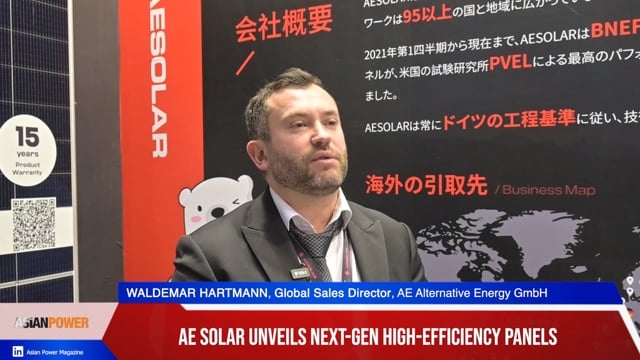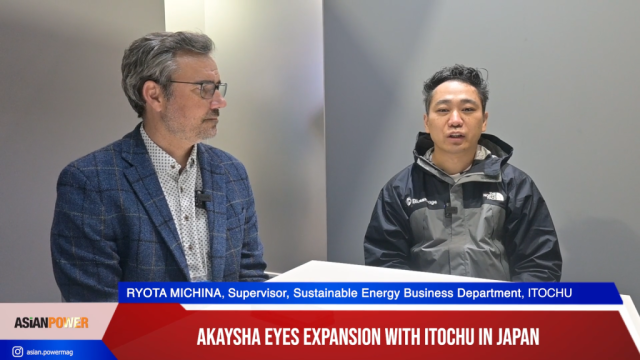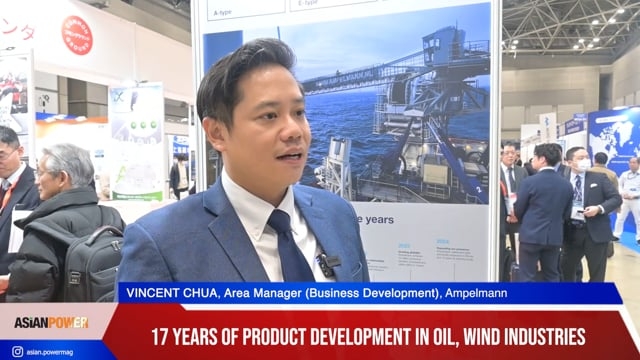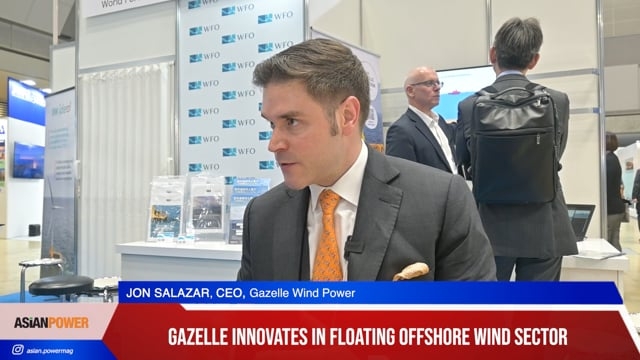Are small modular reactors the way to go for Southeast Asia?
By Victor NianPost-Fukushima, nuclear energy remains a strategic option to address energy security and decarbonisation for developing economies, especially those in the ASEAN region. However, a Fukushima-scale accident occurring in ASEAN could lead to severe trans-boundary impacts to several ASEAN members due to close geographical proximity. ASEAN members are generally lacking in experience with nuclear energy albeit varied developments in nuclear safety, policy, and human infrastructure. The trans-boundary impacts due to a severe nuclear accident could cause catastrophic consequences in the region. With the lasting memories of Fukushima, the construction of large-sized reactors has become a highly sensitive and much disputed topic in ASEAN. The emergence of small modular reactors has somewhat revived the expectation of nuclear energy in the region.
SMRs are conceived to be factory-made, self-contained, user-centric, and transportable such that they can be batch-produced for on-site assembly. Standardisation and modularity can allow for cost reduction through repetition and batch production so as to offer better assurance over completion time and cost control. Most of the SMR designs are based on the mature and commercially proven pressurised water reactor (PWR) technology. Many designs have further incorporated the element of passive safety taking advantage of natural forces, such as convection and gravity in the event of emergency. Some SMRs can be fitted into a ship or a barge as floating or marine SMRs (such as the KLT-40S and ACPR50S) for electricity and heat production. Some advanced SMR designs are conceived to conform to the Generation IV technology, such as the high temperature reactor pebble-bed module (HTR-PM) and molten salt reactors (MSRs). One HTR-PM unit is currently under construction at Shidao Bay Nuclear Power Station as an industrial demonstration project in China, but no confirmed timeline for the construction of demonstration MSRs has been reported as of June 2017.
The developments in SMRs can potentially alter the competitive landscape of the clean technology market in Southeast Asia and the rest of the developing world. SMRs are baseload technologies that can be added incrementally as individual power modules when the demand for electricity increases. That allows for significantly reduced upfront capital commitment as compared to building a large-sized reactor and improved flexibility and reliability in micro-grid planning as compared to the intermittent solar photovoltaic or wind power. Marine SMRs can be connected to an onshore utility grid and turn into a virtual land-based nuclear power plant. The concept of a virtual land-based nuclear power plant can significantly increase the flexibility in siting requirements and can potentially relieve the user country from the responsibilities of managing a physical nuclear power plant and a nuclear fuel cycle.
Regardless the advantages, SMRs are nuclear reactors that require meticulously formulated regulatory and policy framework to ensure safety and security. At the moment, only half of ASEAN members (alphabetically Indonesia, Malaysia, Philippines, Thailand, and Vietnam) have established nuclear research programs and regulatory frameworks on nuclear safety and emergency planning. A severe trans-boundary nuclear disaster could lead to devastating impacts in the absence of a comprehensive framework on protection, timely reporting, and coordinated emergency mitigation efforts. Therefore, it is important for ASEAN members to agree on the acceptable maximum worst-case accident impact scenarios taking into consideration individual national circumstances. In turn, those scenarios could be used to develop a common legal framework defining the responsibilities and liabilities of affected countries in the event of a nuclear accident. More importantly, those scenarios can help establish a better understanding on whether nuclear energy will work well for ASEAN, what types of nuclear reactors are most suitable for the region, and how much should the region rely on nuclear energy.
For more detailed analyses and further reading, please refer to the following scholarly articles:
1. Victor Nian, The prospects of small modular reactors in Southeast Asia, Progress in Nuclear Energy, Volume 98, July 2017, Pages 131-142, ISSN 0149-1970, Elsevier
2. Victor Nian and John Bauly, Nuclear Power Developments: Could Small Modular Reactor Power Plants be a “Game Changer”? – The ASEAN Perspective, Energy Procedia, Volume 61, 2014, Pages 17-20, ISSN 1876-6102, Elsevier
























 Advertise
Advertise








